An engine's condition is very important when buying a used car because engine problems can be very expensive to fix. It's difficult to evaluate the mechanical condition of the engine during a quick test drive, for this reason, we recommend that you have the used car properly inspected by a qualified mechanic before you sign the contract.
Here are a few tips on what to watch out for and how to spot signs of engine problems or lack of maintenance when checking a used car.
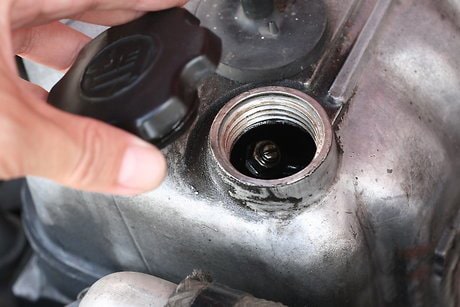 Checking an engine in a used car
Checking an engine in a used car
Check service records
There aren't always service records available, but it's helpful if the seller or dealer can produce some proof that the vehicle has been maintained regularly. Look for oil changes and mileage records. Recommended oil change intervals vary from 5,000 to 10,000 miles. If the vehicle has been driven between oil changes for much longer, the engine might be worn inside. It's also good to know whether a timing belt (if the car has one) has been changed and what other maintenance (e.g., spark plugs, drive belt) has been done.
Have a look under the hood
Make sure the engine is off, the transmission in "Park" and the parking brake is engaged before checking under the hood. Look for leaks, smell of burnt oil or coolant, signs of shady repairs or lack of maintenance, as well as 'racing' mods. Dealers often shampoo the engine bay before showing a used car to potential buyers. If the engine looks clean and shiny, it doesn't mean that it is in good shape. Let's see some examples:
Burnt oil smell under the hood
 Checking under Hood for Burnt oil
Checking under Hood for Burnt oil
This used car looks like new, but when we checked under the hood after the test drive, we noticed a strong smell of burnt oil, which is a sign of oil leaks. Repairing oil leaks is not always cheap. At higher mileage, multiple oil leaks are an indication of wear inside the engine. Increasing pressure occurs when piston rings and cylinder walls wear out, causing more blow-by gases to enter the crankcase. As a result, oil is pushed out trough various seals and gaskets, as well as through the PCV (crankcase ventilation) system. This issue is more common in turbo engines. An engine in good condition is unlikely to have any leaks.
Visible oil leaks
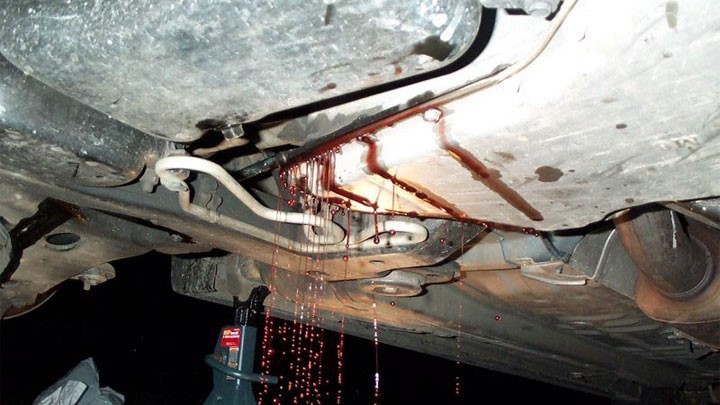 Visible oil leaks
Visible oil leaks
Oil leaks might not be visible from under the hood, but here is the trick: look from underneath. Taking a photo or video with your phone is one way to do it. Check the lower part of the engine and transmission. Everything should to be dry. This car in the photo has a pretty bad oil leak around the engine splash shield.
 This car has no leaks. Everything looks dry.
This car has no leaks. Everything looks dry.
Coolant and other leaks
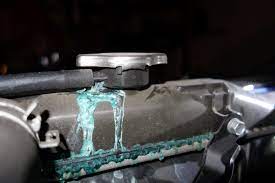 Coolant and other leaks
Coolant and other leaks
This car runs fine, but there is this coolant leak from the radiator. As a minimum, this car requires a new radiator, but sometimes, a cracked radiator may be a sign of more serious problems. It's best to avoid used cars with this type of issues.
 Coolant Splashed On to Engine
Coolant Splashed On to Engine
In this BMW it looks like the coolant was pushed from the expansion tank and splashed onto the engine. It could be as a result of overheating or a crack in the expansion tank. Overheating can shorten the engine's life and cause many other problems.
Low oil level, dirty oil
 Oil Dip Stick Telling You
Oil Dip Stick Telling You
If you can check the oil condition on the dipstick, it might tell a lot. To check the oil, the engine needs to be OFF. Set the parking brake, careful, some engine parts might be hot. The Owner's Manual has the directions how to check the engine oil. If the oil level is low, it means that either the engine consumes oil or it has been a long time since the last oil change. When the engine runs low on oil, it wears faster. Normally the oil level should be close to the "Full" mark, like in the lower dipstick in the image. If there is no oil or the level is very low, or if the oil is mixed with coolant (see the image), avoid the car.
With the engine off, check under the oil cap
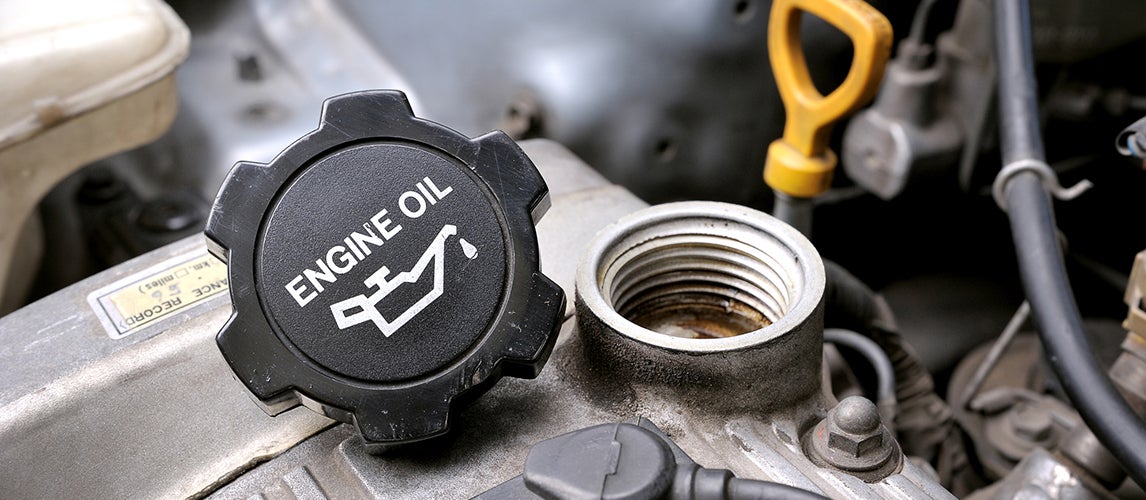 Check under The Oil Cap
Check under The Oil Cap
If you aren't comfortable doing this test, leave it to your mechanic. With the parking brake applied and the engine OFF, remove the oil filler cap. Careful, it might be hot, use a towel or a rag. Look under it, use your flashlight. In some engines you can actually see the internal parts.
 Mercedes-Benz engine
Mercedes-Benz engine
For example, in this Mercedes-Benz engine in the photo above, the internal parts look clean.
 Black Carbon Deposits
Black Carbon Deposits
In this car, you can see a lot of black carbon deposits or sludge under the cap. It is a sign of lack of maintenance, this car should be avoided.
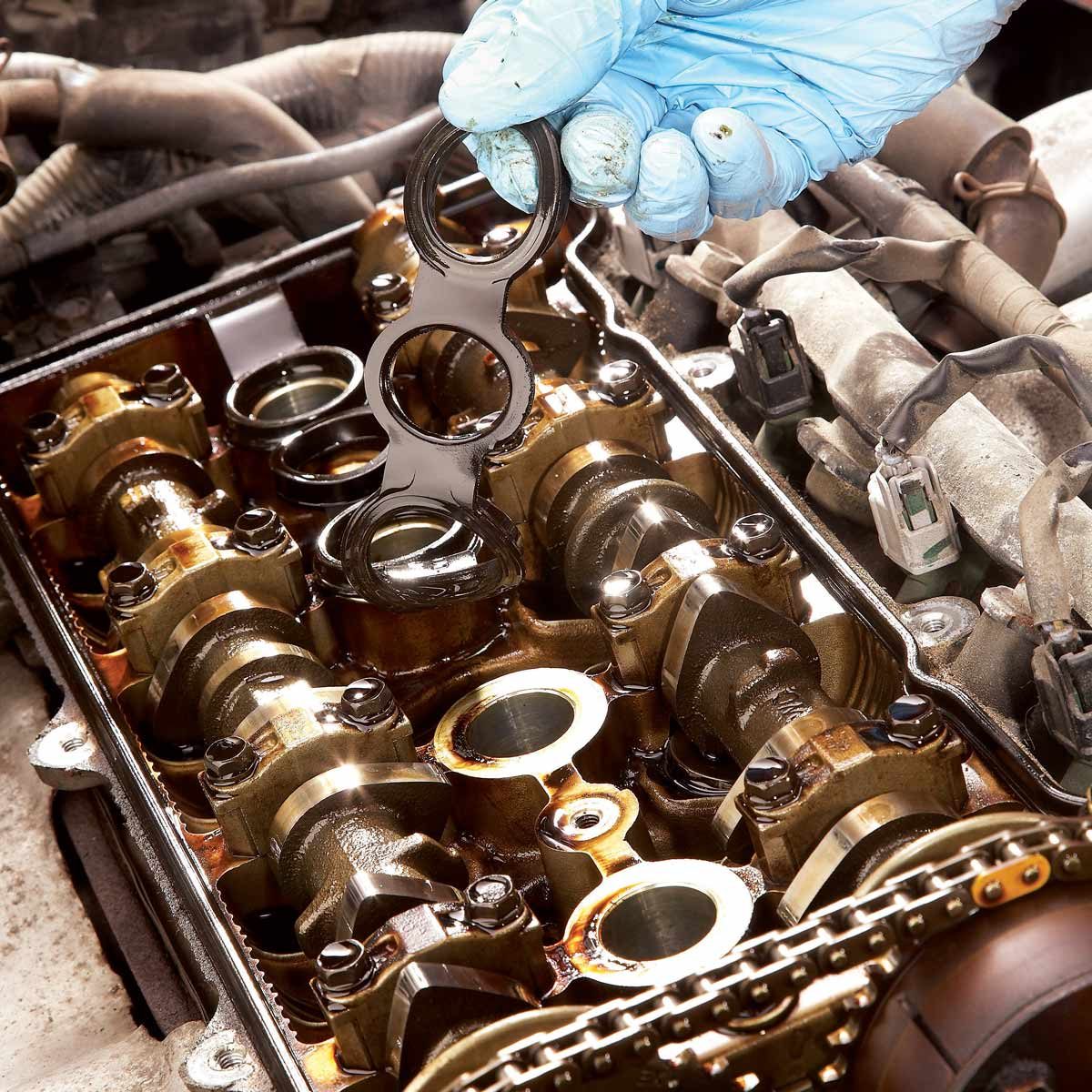 how an engine looks with the Valve Cover Removed
how an engine looks with the Valve Cover Removed
This is how an engine looks with the valve cover removed.
Watch out for performance mods
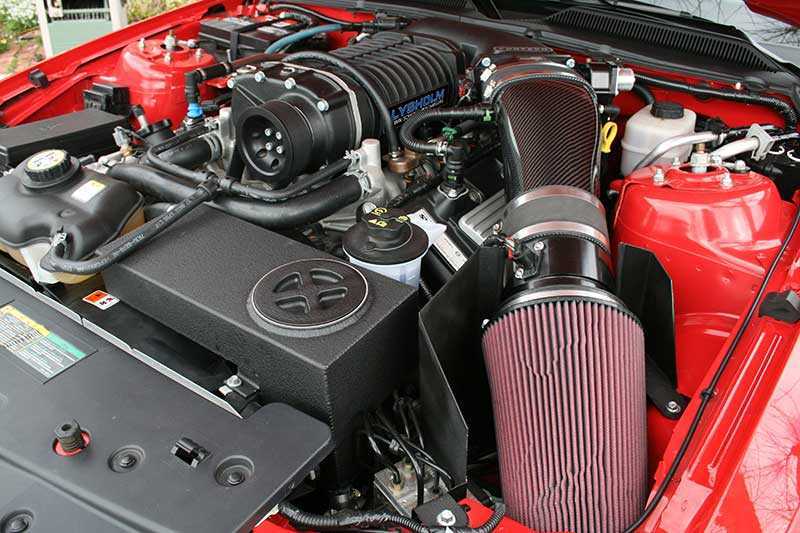 Watch out for performance mods
Watch out for performance mods
If done right, modifications can improve the vehicle's performance. However, poorly done engine mods can lead to many problems, especially if parts that were originally on the vehicle are no longer available. If the car has been modified, it's also possible that it has been raced or otherwise abused.
Does the engine have a timing belt?
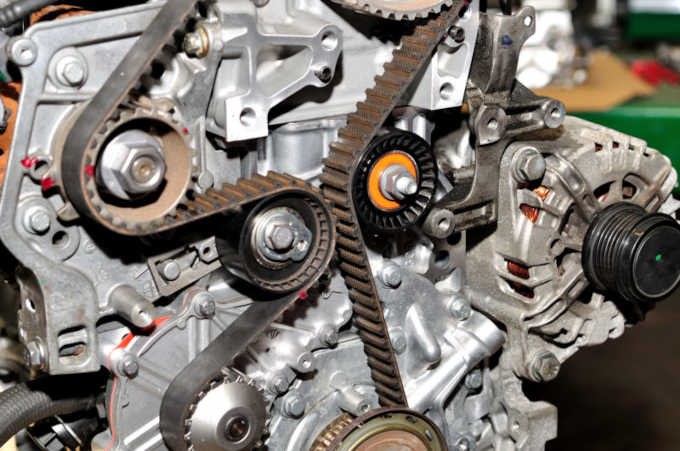 the engine have a timing belt
the engine have a timing belt
Not all cars have a timing belt; some cars have a timing chain instead. In most cars, a timing belt needs to be replaced after 100K miles. The price to replace a timing belt ranges from $450 in a 4-cylinder engine to up to $1,000 in a V6. If the car you want to buy does have a timing belt, it's good to know if it has been changed. Some mechanics place a sticker on the engine when the timing belt is replaced.
Unfortunately, you cannot see a timing belt under the hood, it is hidden under covers. To check its condition, your mechanic will need to remove one or two covers, and it's not always easy. Another option is to check the service records to see if a timing belt has been replaced. Read more about a timing belt.
Cold start can reveal many hidden problems
 Cold start can reveal many hidden problems
Cold start can reveal many hidden problems
The best way to catch hidden engine problems is to start it cold. To do this, it might be a good idea to come to the dealer a little earlier than your appointment time. You will also find out if the vehicle starts easy or needs to be boosted due to a bad battery. Watch out for noises and smoke when the engine is started. If the engine rattles or makes other loud noises (e.g. timing chain rattle, piston slap), or there is a blue smoke from the exhaust, look for another vehicle. A blue smoke means that the engine burns oil.
Test drive
After the car is started, all warning lights on the dash should go off. If the engine symbol (Check Engine) light or Service Engine Soon stays on, the engine computer detected some fault.
It could be a minor issue, but it also could be a very expensive problem. There is no way to know how serious is the problem until the car is properly diagnosed. Read more what "Check Engine" light means.
During the test drive, watch out for engine noises, vibration, lack of power, or any other driveability issues. The engine should run smooth and accelerate easily. If you notice that the engine stumbles or hesitates on acceleration, there is a problem and the vehicle should be avoided. The idle speed should be stable. Test drive the vehicle for as long as possible; sometimes problems may not be obvious during a short spin around the block. It helps if you can test drive in all modes: acceleration, deceleration, stop-and-go traffic, highway cruising. Watch out for the engine temperature on the dash. Once the engine is warmed up, the temperature gauge should stay somewhere around the middle of the scale.
Even if everything seems OK, we strongly recommend having the used car properly inspected by an independent mechanic before buying.